While Self-Consolidating Concrete (SCC) has been around for many years, it has gained popularity in the Canadian construction industry over the past few years and is being used on more and more projects.
“It’s a fairly innovative product,” explained Bart Kanters, president of Concrete Ontario, in a session billed as Evolutions in Concrete at the Ontario Road Builders’ Association convention held recently. “It started off originally in the ‘80s in Japan, which has a very big seismic zone, so very heavy reinforcement. Placing and finishing concrete becomes a very big issue when you have massive amounts of reinforcing steel.”
SCC is used in horizontal applications such as slabs, elevated decks, thin and radiant floors; vertical applications such as walls, columns, form-liners, exposed columns, architectural grade form finish and retrofitting; and civil applications such as repair and rehabilitations of bridge piers, beams and water tanks as well as in new construction on congested reinforcing and tight spaces.
The Ontario Ministry of Transportation has used SCC to repair a significant number of bridges and structures and patching and refacing piers, abutment walls, deck soffits and girders, Kanters explained.
“A lot of our members operate throughout the world and have research departments that develop innovative products, so what we saw in the early 2000s, the product was actively being promoted here in the Ontario market-place,” he added. “We are really looking at ways that we can advance this product.”
Although individual mix proportions are not disclosed, SCC is a standard mix with chemical admixtures.
“What we are trying to do with this particular product is supply a product that can be placed with no contractor effort for (mechanical) consolidation,” said Kanters. “The whole idea is we’re creating a mix that can flow through formwork and give you a smooth finish.”
With conventional concrete, typically the largest aggregate size possible is used and packed in as tight as possible to minimize the amount of paste needed. However, that is not the case with SCC.
“We tend to start with smaller aggregate size. You tend to see 10 to 14 millimetre aggregate used,” said Kanters. “While it is possible to do SCC with a 20 millimetre stone, it’s relatively uncommon. It becomes a lot more difficult to keep it stable.”
The quality of the formwork is one of the most critical factors, Kanters pointed out.
“Staining or whatever was on the form gets transferred to the SCC,” he said. “Pumping from the bottom up leads to a much smoother surface finish, less entrapped air, which means fewer bug holes.”
Characteristics of SCC are high fluidity, conformity to the shape of the formwork, high resistance to segregation and bleeding and no honeycombing.
“When it comes to the contractor and what you are looking for, there are three basic test methods: filling ability, how easily it can flow and completely fill the formwork, passing ability, how easily it can flow around reinforcing steel or any other obstructions in the formwork,” said Kanters. “The most critical component is stability — is it able to stay homogenous as it flows through the formwork?”
Advantages to SCC include reduced construction time, a superior surface finish, reduced labour intensity and low shrinkage, he added.
“As fast as you can place it, you can pour it. You just have to be concerned when you design your formwork that you design it for full liquid head,” said Kanters, adding this can cause some issues with placement and control.
“The key for horizontal applications is not to vibrate the surface too much. We don’t want to cause segregation and have the coarse aggregate separate out and go to the bottom.”
Testing is critical when it comes to all concrete, Kanters noted.
“What you see typically out on the jobsite its slump flow, Visual Stability Index and J ring, which is you conduct the slump flow test, measure your diameter then you clean off the board, put the J ring down and put your slump cone in the middle, pour the concrete and now we’re forcing the concrete to flow around the rods in the J Ring,” said Kanters. “What we’re looking for is that the slump doesn’t reduce by any more than 25 millimetres. We’re really trying to simulate reinforcing steel.”
Testing is done to ensure it meets typical compressive strength, shrinkage and Rapid Chloride Permeability specifications and the requirements of the Hardened Air Void System.
“As an association, we’ve developed an 18-page best practices guide when it comes to SCC,” Kanters said. “We’ve learned lots of lessons when it comes to the challenges.”
One of the first projects that used SCC was the Garden City Skyway in St. Catharines, Ont. in 2005.
“SCC wasn’t specified on this project, what was specified was a low shrinkage concrete,” said Kanters. “One of the challenges when it comes to SCC is making sure you place the material in such a way that you don’t entrap air. You don’t get a perfect finish, depending on how you place the material, but it is considerably better than what you typically see on a form and pump application.”


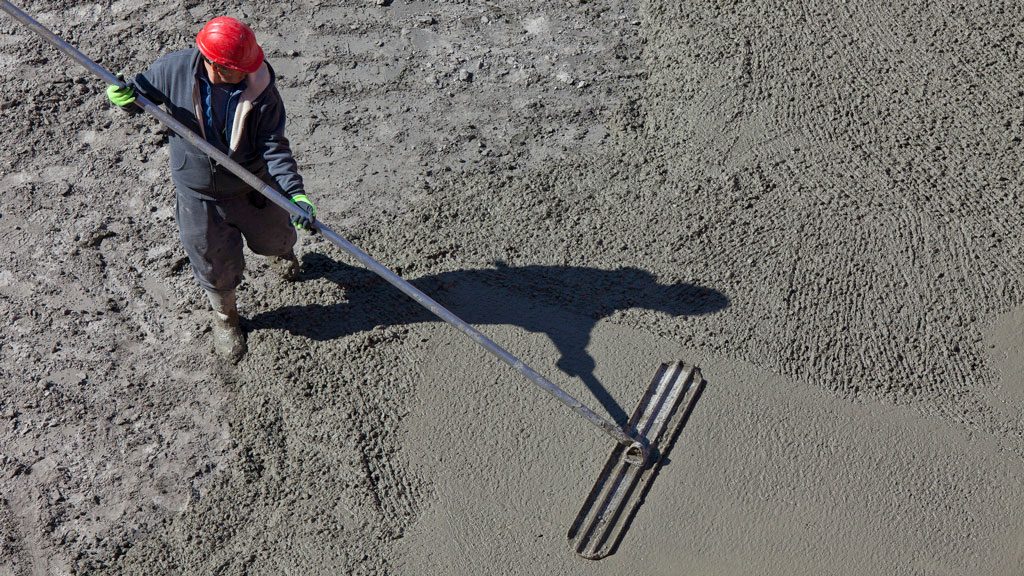
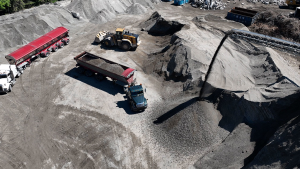
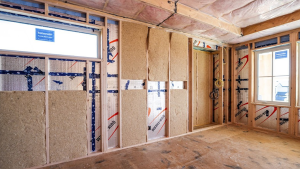

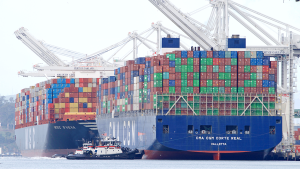


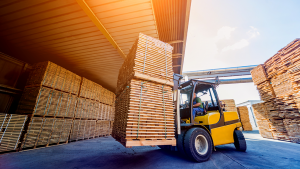

Recent Comments
comments for this post are closed